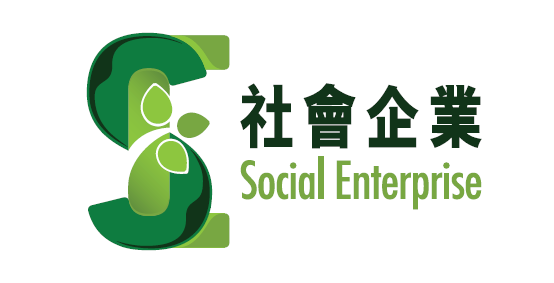Maintenance Payments
Maintenance Payments
In order to address the difficulties encountered by maintenance payees in collecting maintenance payments and enforcing maintenance orders, an Inter-departmental Working Group (WG) convened by the ex-Home Affairs Bureau (HAB) reviewed the law and administrative measures affecting maintenance payees and published a report in May 2000.
The WG's Recommendations
In 1999 the WG sought views from about 30 organisations, including non-governmental organisations (NGOs), Provisional District Boards and professional bodies. In its report released in May 2000, the WG made a series of recommendations, which have all been accepted by the Government. The key recommendations are -
- relax the circumstances in which the court can issue Attachment of Income Orders;
- empower the court to impose a surcharge against defaulting maintenance payers;
- amend the provisions related to judgment summons;
- synchronise the procedures in processing applications for the Comprehensive Social Security Assistance (CSSA) and legal aid; and
- undertake publicity and public education on matters relating to maintenance.
Implementation
(a) Attachment of Income Orders
The Attachment of Income Order (Amendment) Ordinance and the Attachment of Income Order (Amendment) Rules came into operation on 25 January 2002. These two pieces of legislation give effect to the WG recommendations that -
- the court be empowered to issue an Attachment of Income Order (AIO) at any stage either where both parties agree for such an order to be made or where there are reasonable grounds to believe that the maintenance payer would not make full and punctual payment. The court may issue an order on the application of either party or of its own volition; and
- the court be given discretion to dispense with certain steps in the court procedures and to abridge the time limits provided for in the legislation if the Court considers such variation to be fair and reasonable in the particular circumstances of a case.
Click here for further information on the AIO Scheme.
(b) Interest and Surcharge on Arrears of Maintenance
The Interest and Surcharge on Arrears of Maintenance Ordinance 2003 ("the Ordinance") has come into effect on 1 May 2005. The Ordinance provides for two legislative measures - interest on arrears of maintenance to compensate the payee for monetary loss due to default by the payer in paying maintenance, and surcharge to deter repeated default without reasonable excuse.
Under the Ordinance, a maintenance payee is entitled to automatic interest at the judgment rate on the amount of maintenance in arrears, or at a rate to be ordered by the court. He or she can also apply to the court for surcharge on the arrears of maintenance where he or she considers that the maintenance payer has repeatedly defaulted payment without reasonable excuse. The court may impose a surcharge up to 100% of the arrears of maintenance.
To facilitate the parties concerned (including maintenance payees and payers, social workers and lawyers) in working out the calculations, the Government has prepared a computer programme for their reference.
This link will open in a new windowClick here to access the thematic website on Interest and Surcharge on Arrears of Maintenance.
(c) Judgment Summons
We are examining the proposed legislative amendments related to judgment summons.
(d) Procedures for Applications for CSSA and Legal Aid
The synchronized procedures in processing applications for CSSA and legal aid have been implemented since September 2000.
Publicity and Public Education
We have publicity and public education measures to make maintenance payees aware of their rights and services available to them and to drive home the message that even after divorce, maintenance payers are responsible for paying maintenance for their ex-spouses and children.


























































